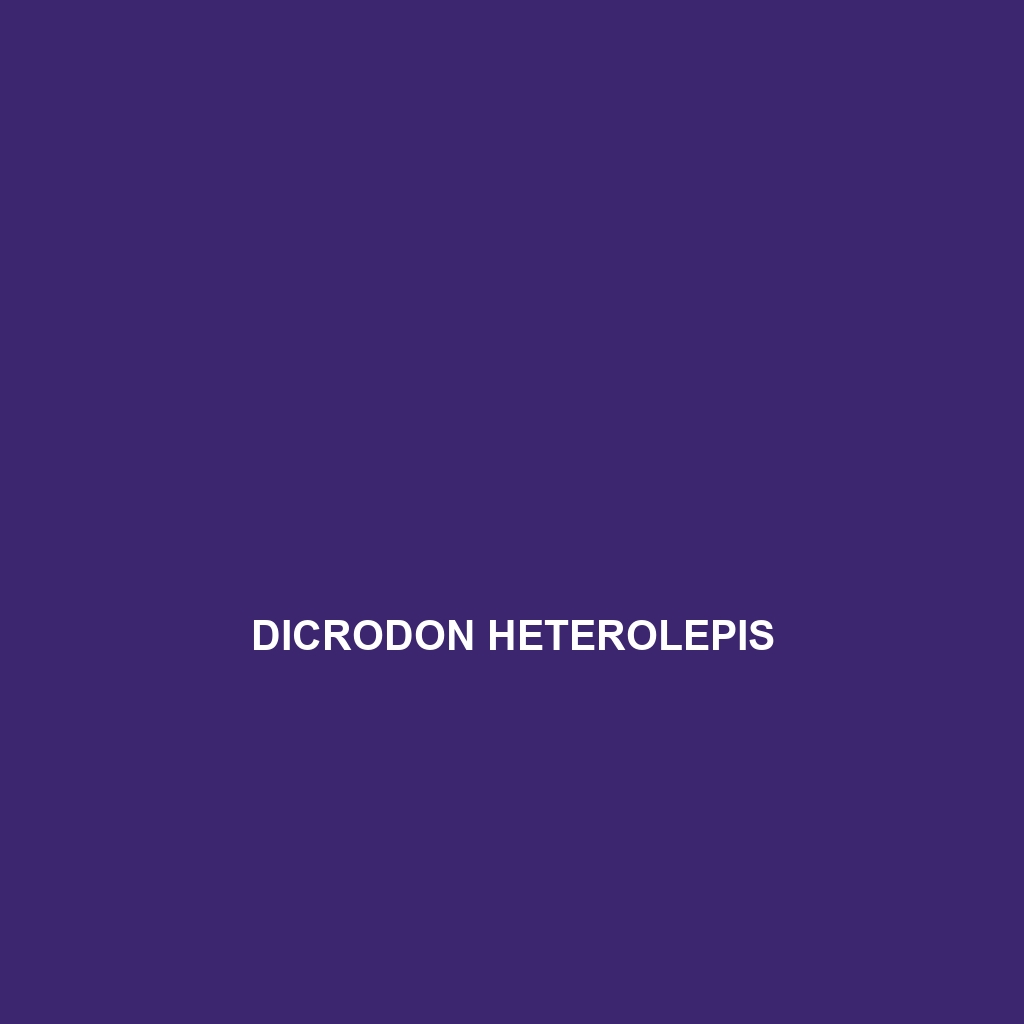Discover the Helicops tapajonicus, or Tapajós water snake, a nocturnal predator thriving in the humid rainforests of the Brazilian Amazon. With its unique coloration and exceptional swimming abilities, this species plays a crucial role in maintaining the aquatic ecosystem's balance.
Tag: conservation of reptiles
Epictia rioignis
Discover the fascinating Epictia rioignis, a slender, nocturnal snake native to the humid tropical rainforests of Central America. With its rich brown coloration and impressive burrowing abilities, it plays a crucial role in maintaining ecosystem balance by preying on small invertebrates.
Epictia australis
<p><b>Epictia australis</b>, also known as the South American worm snake, is a slender, nocturnal insectivore found in the tropical forests and savannas of South America. This resilient species thrives in humid environments, feeding on invertebrates and playing a crucial role in the ecosystem by regulating insect populations.</p>
Enuliophis sclateri
Enuliophis sclateri (Sclater's snake) is a striking, nocturnal predator native to tropical rainforests and temperate forests, boasting a slender body that can reach up to 120 cm, rich brown to deep green coloration, and a diet primarily consisting of small mammals and insects. Classified as vulnerable due to habitat loss, this fascinating species plays a vital role in its ecosystem by controlling prey populations and contributing to biodiversity.
Emoia battersbyi
<ul> <li><b>Emoia battersbyi</b>, a vibrant and agile lizard found primarily in tropical rainforests of the Pacific, grows 25-30 cm in length and feeds mainly on insects, showcasing unique climbing abilities and adaptability to various habitats.</li> </ul>
Egernia pilbarensis
The Egernia pilbarensis, or Pilbara Skink, is a resilient lizard native to the arid Pilbara region of Western Australia, recognized for its robust body, distinctive earthy tones, and social behavior. This omnivorous species thrives in semi-arid habitats, plays a crucial ecological role, and exhibits fascinating reproductive and thermoregulatory behaviors.
Dravidogecko meghamalaiensis
Discover the Dravidogecko meghamalaiensis, a unique nocturnal gecko native to the Western Ghats of India, featuring intricate brown and cream patterns, large eyes for enhanced night vision, and specialized toe pads for climbing. This vulnerable species plays a vital role in its ecosystem as an insectivore, helping maintain the delicate balance of its rainforest habitat.
Diplodactylus conspicillatus
<strong>Diplodactylus conspicillatus</strong>, known as the conspicuous leaf-tail gecko, is a medium-sized, nocturnal species native to the dry woodlands and rocky outcrops of northern and central <strong>Australia</strong>. Notable for its leaf-shaped tail and camouflage coloration, this gecko feeds primarily on insects and plays a vital role in its ecosystem by controlling insect populations.
Dicrodon guttulatum
Dicrodon guttulatum, also known as the Spotted Dicrodon, is a slender, agile reptile native to the tropical rainforests of Central and South America, featuring a coloration of greenish-yellow to brown with darker spots. This vulnerable species plays a vital role in its ecosystem as an opportunistic predator, controlling insect populations while exhibiting remarkable climbing skills and minimal maternal care for its hatchlings.
Dendragama australis
captivating Dendragama australis, a resilient skink native to the tropical rainforests of Australia and New Guinea, known for its striking green and brown coloration and agile climbing abilities. This omnivorous species plays a crucial role in its ecosystem by controlling insect populations and ensuring biodiversity, while its vulnerable status highlights the importance of habitat conservation.









